
Benthic Basics
Have you ever picked up a rock in a stream and witnessed a small insect crawl across the bottom of it? If so, it was likely a benthic macroinvertebrate or BMI. Benthic refers to the bottom of a body of water. Macro means large or that the organism can be seen without a microscope. Lastly, invertebrate indicates that it does not have a backbone. Therefore, when you put all of these concepts together you can define a BMI as any small organism that primarily lives on the bottom of a stream, without a backbone, and can be seen without a microscope.
BMIs are regularly studied by scientists to determine if a stream is healthy or not, based on the presence or absence of certain species. BMIs are great for studying water quality because...
- They spend all or most of their lives in water.
- They are easy to collect (all you need is a bucket and net).
- Each species differs in its tolerance to pollution.
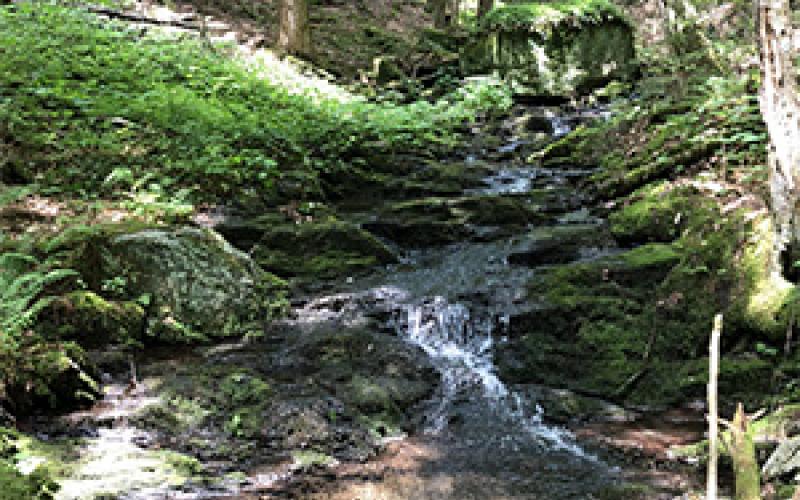
A healthy body of water will likely have a high variety (many different species) of BMIs. This includes intolerant species that cannot survive in polluted waters. A stream such as this might have a canopy of trees that shade the stream and maintain healthy water temperatures. The rocks shown in this picture provide excellent habitat for BMIs. Also, tree roots help stabilize the stream banks to prevent erosion and runoff.
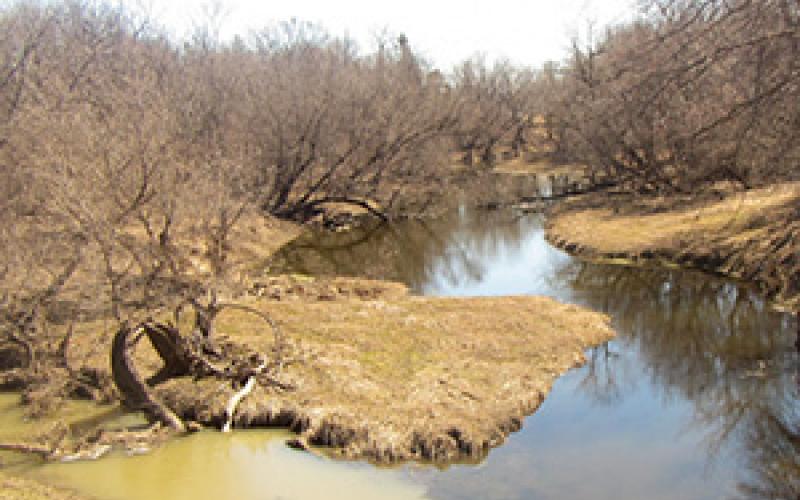
Identify Some Benthic Macroinvertebrates
Here are three BMIs that can be found in streams within the Lake Champlain watershed. They each show differing levels of tolerance to water pollution.
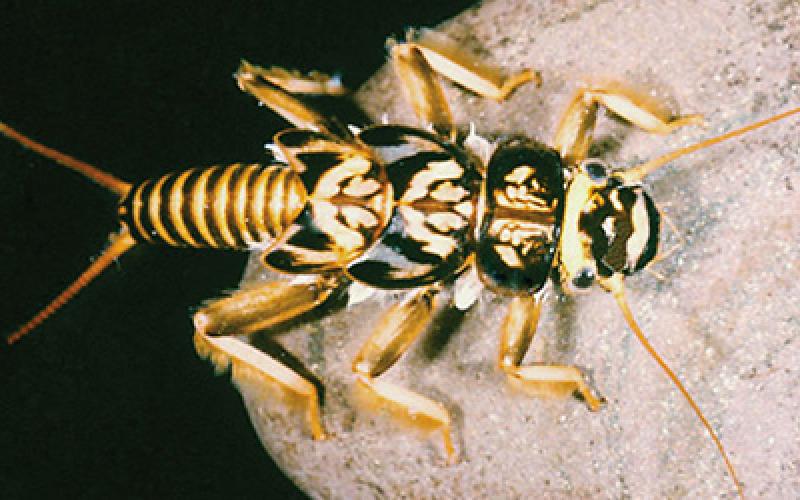
Stoneflies can only survive in healthy water quality areas. There are more than 3,500 species of stonefly in the world. Additionally, their gills are on their legs and “armpits” so when they are in water with low levels of dissolved oxygen you can often see them doing “push ups” to increase the amount of water moving over their gills.
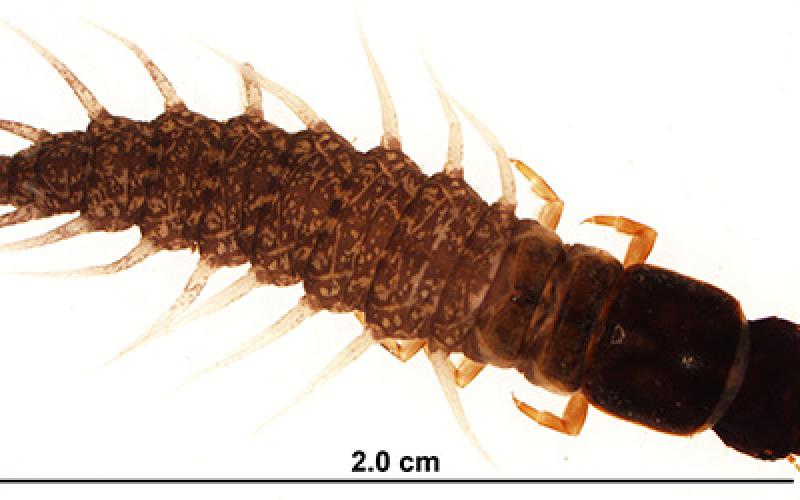
Dobsonflies can survive in slightly polluted water bodies. They are the aquatic version of a centipede and are the largest aquatic invertebrate in the United States. Dobsonflies have 3 pairs of legs and 8 pairs of lateral filaments. Can you distinguish the difference between the legs and lateral filaments in the photo to the left?
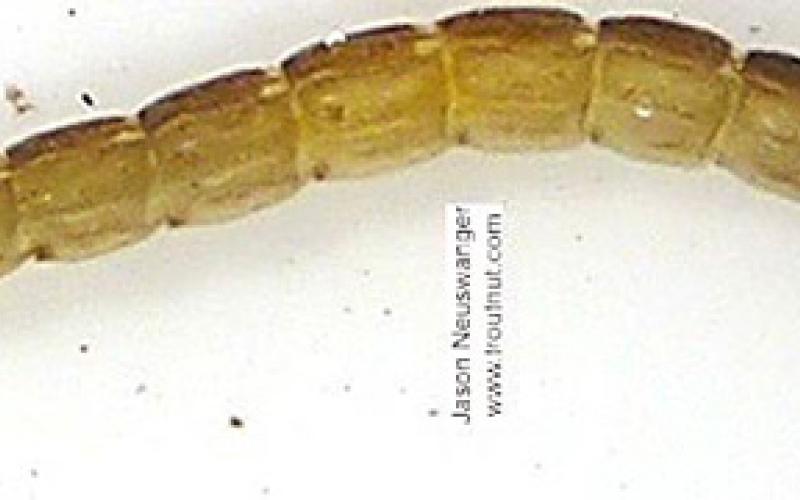
A midge is the larval stage of a fly. It lives in water. Midges and the adult flies are found (seasonally or otherwise) on practically every land type, excluding arid deserts and arctic zones.
After all of this, are you wondering if you can collect BMIs in a local stream to determine the quality of water? The answer is YES! Nate Trachte, Education Specialist at Lake Champlain Sea Grant, demonstrates in this video how to collect BMIs using a kicknet.